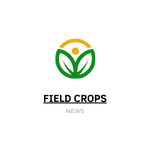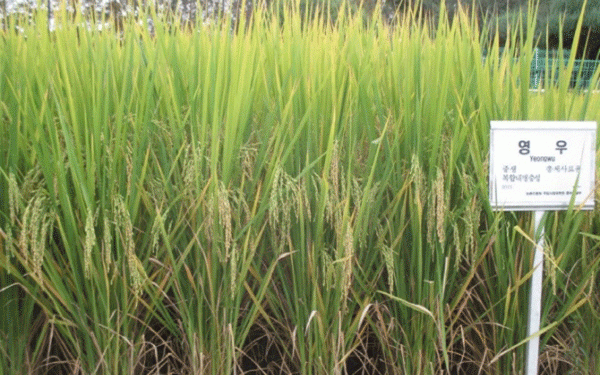The Korea Agricultural Technology Promotion Agency (KOAT) is set to supply 470 tons of total rice seed in 2025 to support the rice production adjustment program, reducing rice supply while benefiting livestock farmers. The ‘Mokyang’ and ‘Youngwoo’ varieties, developed by the Rural Development Administration, have proven to enhance cattle growth, improve milk production, and reduce feed costs. This innovative approach could boost Korea’s feed self-sufficiency and save significant foreign exchange.
Transforming Rice Fields for Sustainable Agriculture
With Korea’s shifting climate, soybean cultivation has been increasing, but rice remains the most stable crop for paddy fields. Total rice—harvested as a whole for both grain and straw—offers a viable alternative under the rice production adjustment program. Since it allows farmers to use existing agricultural machinery, its adoption requires minimal additional investment.
KOAT’s research, in collaboration with Seoul National University, demonstrated the effectiveness of total rice as cattle feed. Hanwoo cattle fed with total rice showed no decline in meat quality compared to those fed imported roughage. Moreover, daily weight gain increased by 18%, and vitamin E content in the meat was 1.8 times higher. Dairy cows also showed promising results, with 10% higher milk yield, a 17% increase in conception rates, and improved milk quality due to lower somatic cell counts.
Economic and Environmental Benefits of Total Rice
Since 2013, Korean farmers have used total rice as a livestock feed alternative, reporting significant cost reductions. A farmer from Haenam noted that feeding total rice to cattle in their final six months before slaughter did not reduce meat grade, while also cutting feed costs by 20-30%.
On a national scale, widespread adoption of total rice could enhance Korea’s feed self-sufficiency. Feeding total rice to cattle over 24 months could reduce the need for imported roughage by 1.6 tons per cow. If total rice were cultivated on 10,000 hectares, it could replace 10% of Korea’s annual roughage imports, saving approximately ₩34 billion (US$25 million) in foreign exchange.
Total rice presents a strategic opportunity for Korean agriculture, offering a win-win solution for rice farmers and livestock producers. It ensures income stability, enhances livestock productivity, and reduces dependence on imported feed. As Korea seeks sustainable agricultural solutions, expanding total rice cultivation could be a key driver of both economic and environmental benefits.
Error




